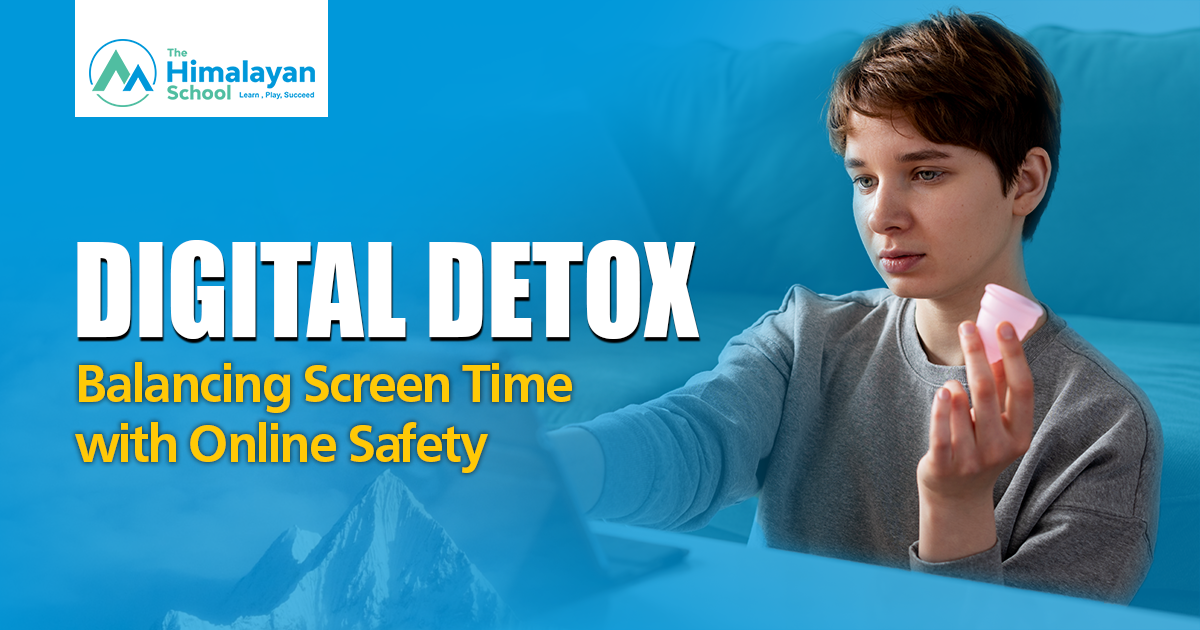Digital Detox: Balancing Screen Time with Online Safety
In today’s digital age, our lives are deeply intertwined with technology, offering both remarkable conveniences and notable challenges. Striking a balance between screen time and online safety is essential for maintaining mental well-being and ensuring personal security.
Understanding Digital Detox
A digital detox involves intentionally reducing or eliminating the use of digital devices for a set period. This practice aims to alleviate stress, improve focus, and enhance overall mental health by disconnecting from constant digital stimuli.
The Importance of Balancing Screen Time
Excessive screen time has been linked to various health issues, including eye strain, disrupted sleep patterns, and increased anxiety. Engaging in a digital detox can mitigate these effects, leading to improved focus, reduced stress, and better sleep quality.
Online Safety Considerations
While reducing screen time is beneficial, it’s equally important to maintain online safety during digital interactions. Here are some key considerations:
- Use Technology Wisely: Leverage apps and built-in device features to monitor and limit screen time. Many smartphones offer settings that allow users to track app usage and set limits, helping to manage digital consumption effectively.
- Mindful Technology Use: Engage with technology purposefully. Instead of mindless scrolling, set specific goals for each digital interaction to promote mindfulness and reduce unnecessary exposure.
- Parental Controls: For families, implementing parental controls can help monitor and manage children’s digital habits, ensuring they engage with age-appropriate content and maintain healthy screen time limits.
Practical Tips for a Successful Digital Detox
- Set Clear Objectives: Define specific, measurable, achievable, relevant, and time-bound (SMART) goals for your digital detox. For example, aim to reduce daily screen time by two hours over the next month.
- Create Tech-Free Zones: Designate certain areas in your home, such as the dining room or bedroom, as tech-free zones to encourage offline activities and interactions.
- Schedule Regular Breaks: Incorporate regular breaks from screens throughout your day. Use this time for physical activities, reading, or engaging in hobbies that don’t involve digital devices.
- Communicate Your Plan: Inform friends, family, and colleagues about your digital detox to set expectations and garner support during your offline periods.
- Reflect on Your Experience: After completing your digital detox, reflect on the changes you’ve noticed in your mental well-being and productivity. Use these insights to establish a balanced approach to technology use moving forward.
By consciously managing screen time and prioritizing online safety, individuals can foster a healthier relationship with technology, leading to improved mental health and overall well-being.







